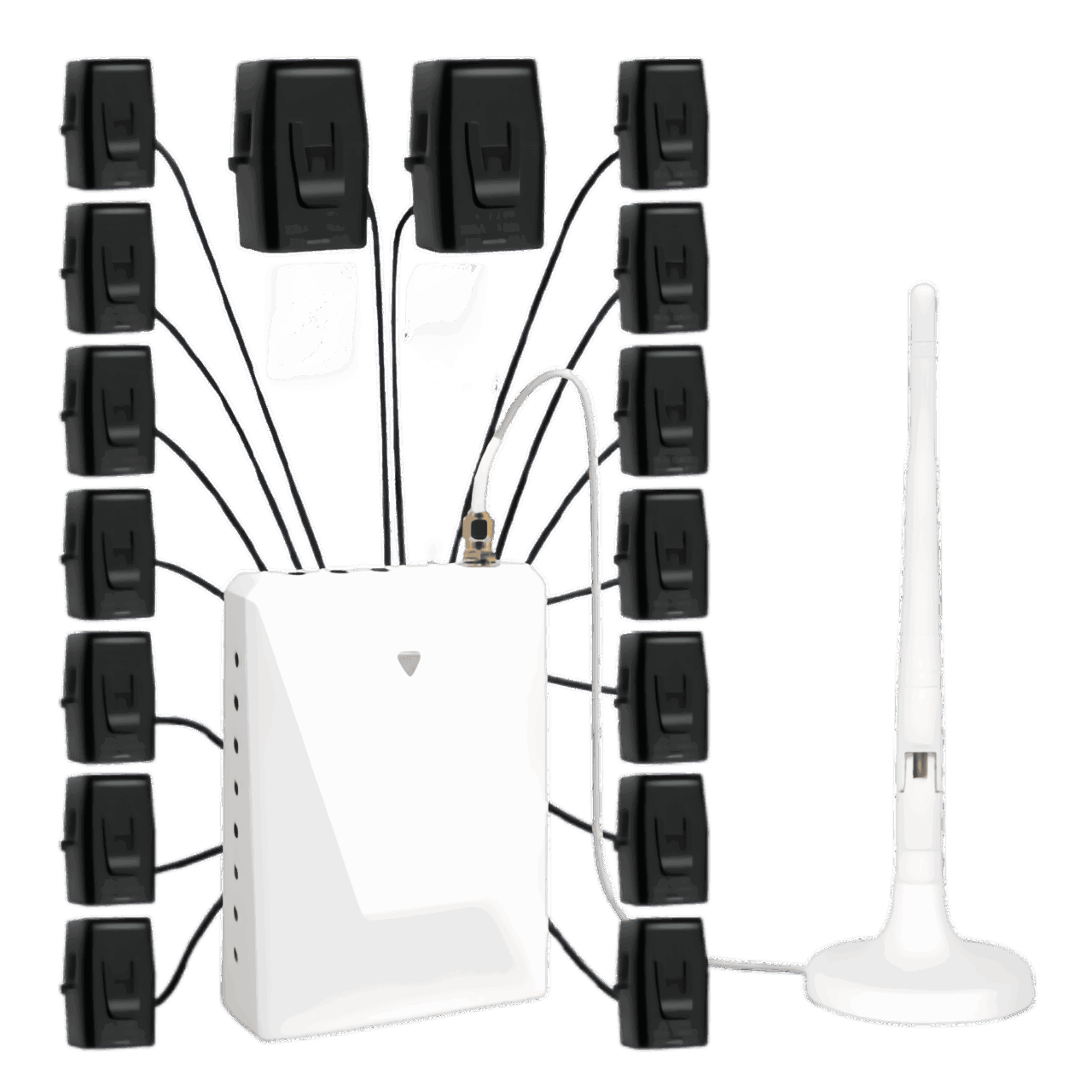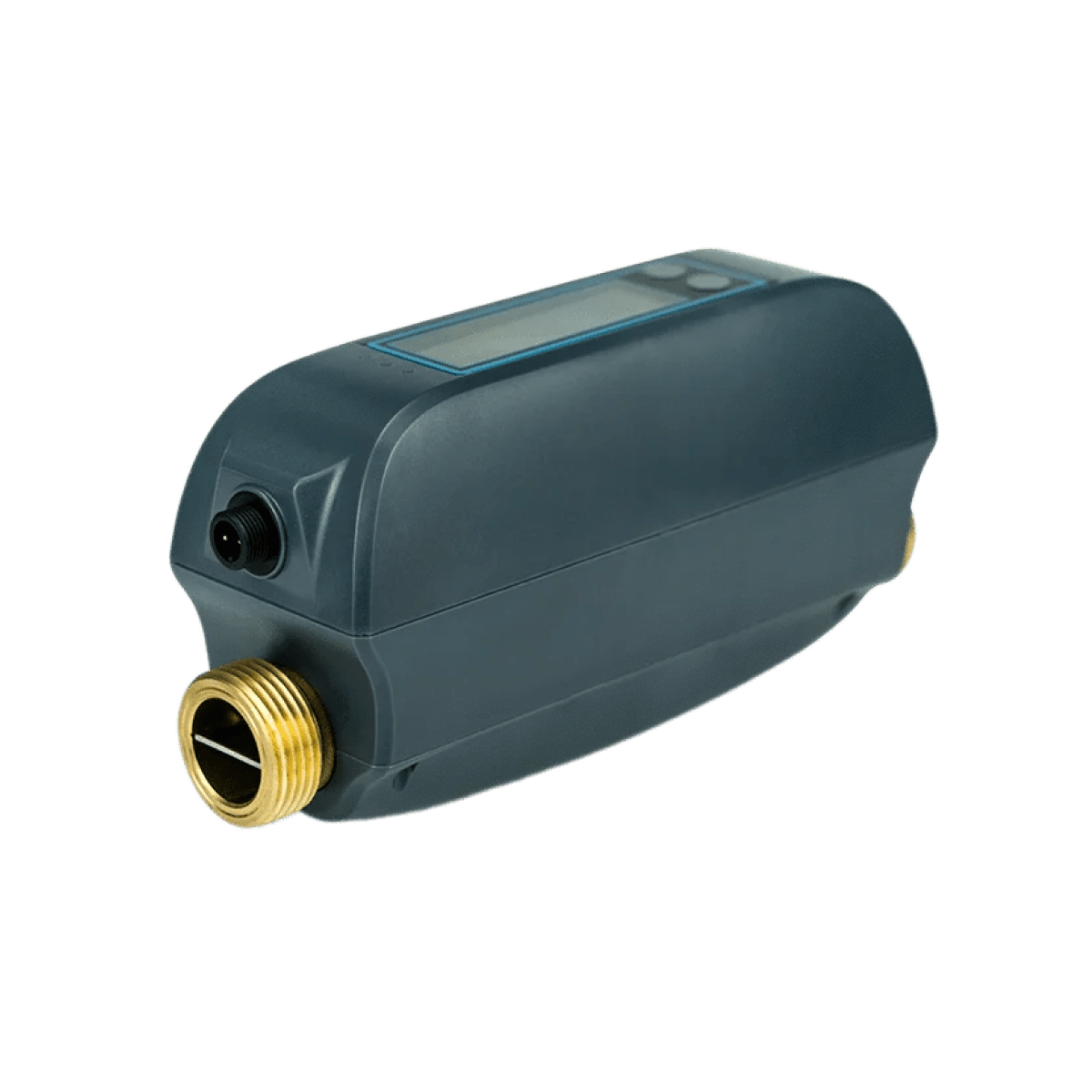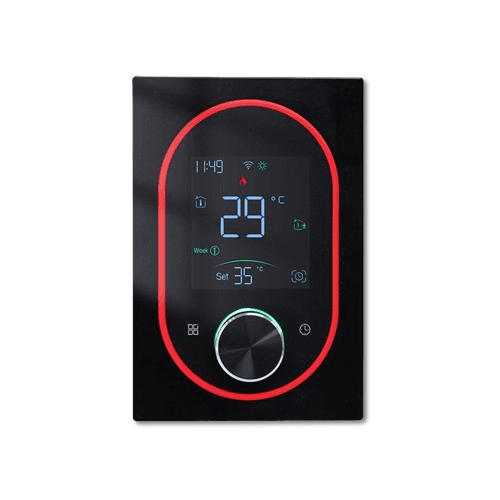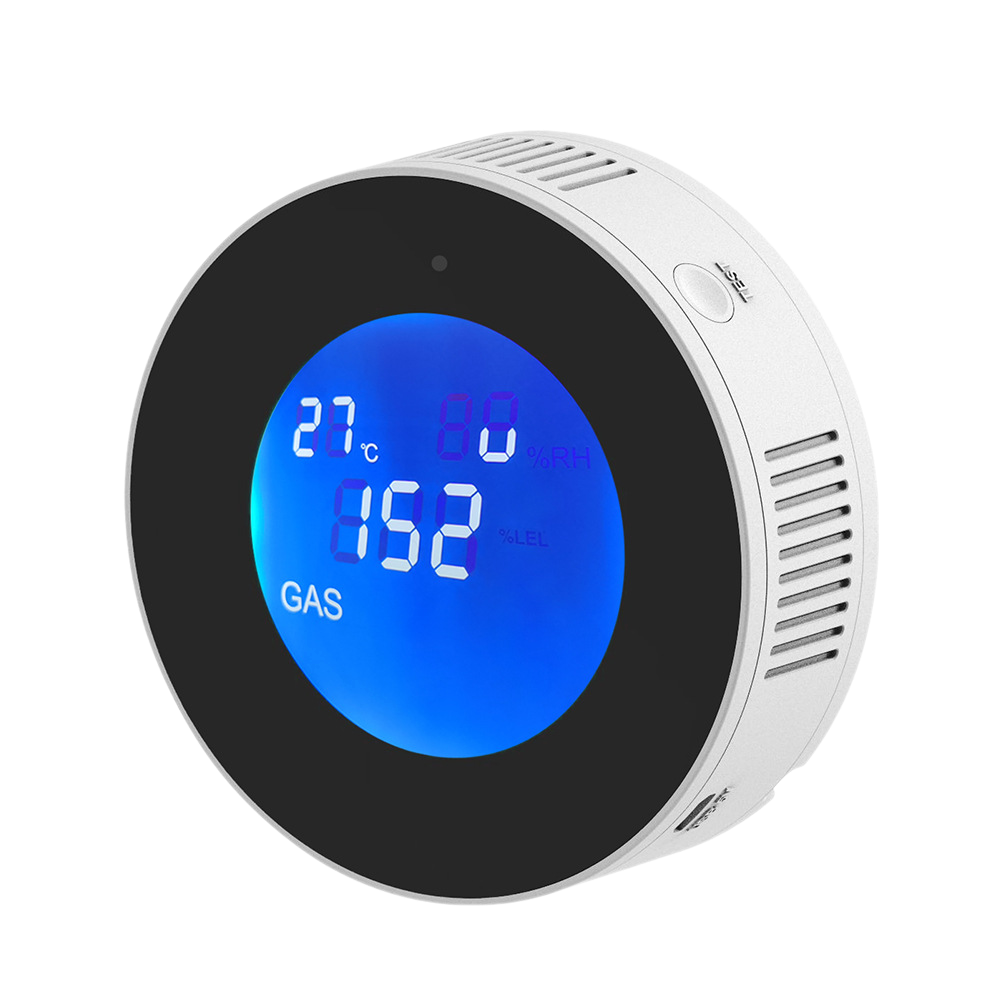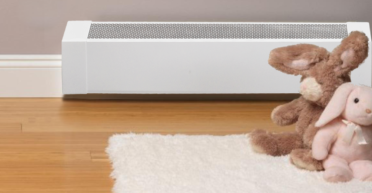Proteja, economize e simplifique
Gestão de energia residencial inteligente para todas as famílias
From water valves to energy monitors, from gas safety to smart thermostats — all connected in one Grus platform.
Black Friday 2025 Is Live!
Save up to 30%on smart home energy, water, and safety systems.
Grab your coupons and upgrade your home before Cyber Monday ends.

Seasonal Smart Home Bundles -
Save More, Worry Less
Energy + Water Protection Bundle
Keep your home safe from leaks and power waste.
$318.00Save $51.8
Heating + Energy Saving Bundle
Warm comfort, lower bills — bundle and save $60+
$184.00Save $60
Grus.io Dispositivos de energia para casas inteligentes em destaque
WattPanelMonitor de energia residencial
—Começando em$99
Monitore todos os circuitos da sua casa e reduza o desperdício de energia.
Válvula de desligamento inteligente AquaNet
—A partir de US$ 169
Monitore todos os circuitos da sua casa e reduza o desperdício de energia.
EcoNet Termostato Inteligente
—A partir de US$ 55
Monitore todos os circuitos da sua casa e reduza o desperdício de energia.
GasNet Detector de CO e fumaça
—A partir de US$ 32
Monitore todos os circuitos da sua casa e reduza o desperdício de energia.
Uma plataforma. Múltiplas soluções para casas inteligentes.
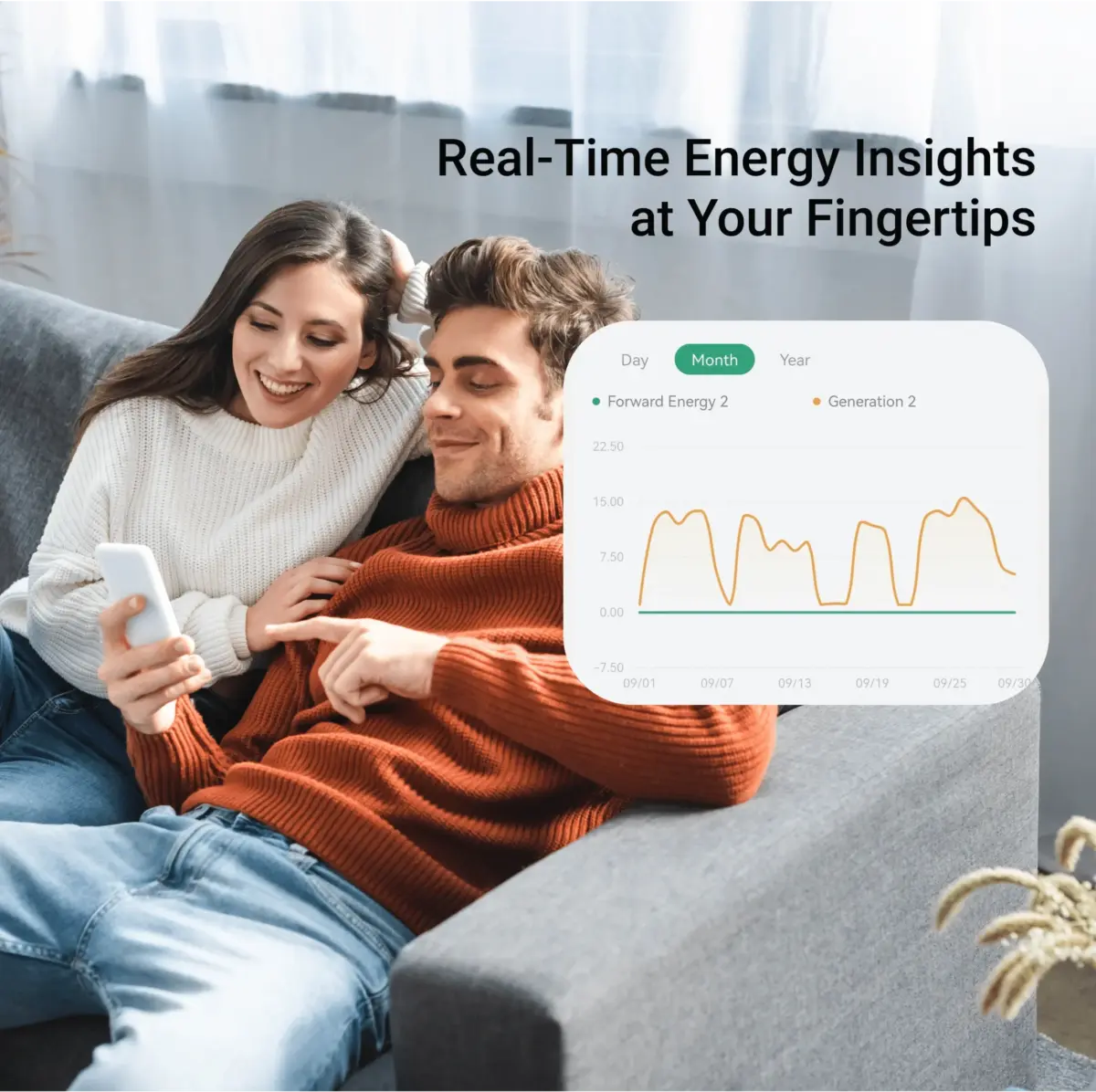
Monitor de Consumo de Energia – WattPanel
Reduza suas contas de energia com monitoramento inteligente
Most homes waste 20-30% of their energy due to inefficient usage and unnoticed high-consumption devices.
- Rastreamento em tempo realdo consumo de energia da sua casa, até mesmo de aparelhos individuais.
- Identificar dispositivos de alto consumoe definir cronogramas automatizados para reduzir o desperdício.
- Insights personalizados sobre economia de energiapara otimizar como e quando você usa eletricidade.
Válvula de corte de água inteligente – AquaNet
Previna vazamentos de água antes que causem danos dispendiosos
The average household loses 10,000 gallons of water annually due to hidden leaks. By the time you notice, it’s too late.
- Sensores de vazamento de água de alta sensibilidadedetecte umidade em tempo real, mesmo em vazamentos lentos e ocultos.
- Alertas móveis instantâneosnotificá-lo no momento em que um vazamento for detectado.
- Integração de desligamento automáticoevita inundações cortando imediatamente o fornecimento de água.
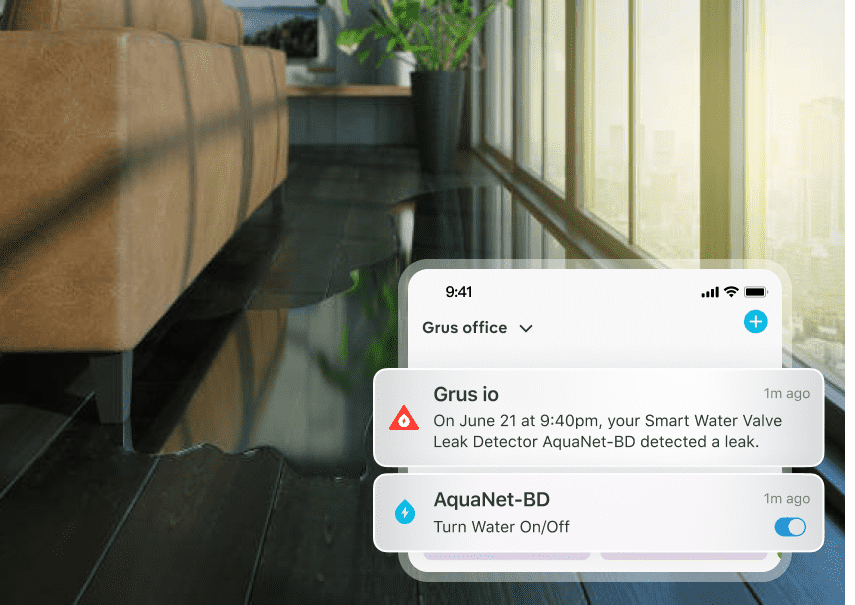
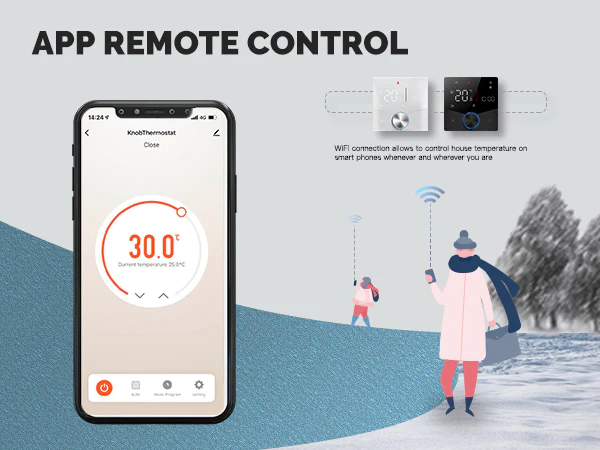
Termostato Inteligente Wi-Fi – EcoNet
Automação inteligente para aquecimento e resfriamento
Manually adjusting thermostats, plugs, and lights is inefficient and time-consuming. Most people forget to turn off devices, wasting energy.
- Integração de termostato inteligente—ajusta automaticamente o aquecimento e o resfriamento com base em seus hábitos.
- Automação alimentada por IAaprende sua rotina eotimiza automaticamente o uso de energia.
- Definir horários e controles remotospara luzes, eletrodomésticos e controle climático — tudo em um único aplicativo.
Detector de vazamento de gás WiFi – GasNet
Detecte vazamentos de gás precocemente, antes que se tornem fatais
Every year, thousands of U.S. households face gas-related accidents. A single unnoticed leak can lead to fire, explosion, or carbon monoxide poisoning.
- Sensores de gás de alta precisãoidentificar gás natural, propano e monóxido de carbono em tempo real.
- Alertas móveis instantâneosnotificá-lo imediatamente quando níveis perigosos de gás forem detectados.
- Integração de casa inteligentefunciona com válvulas de fechamento e alarmes para resposta automática a emergências.

Todos conectados, todos protegidos
Every Grus device works seamlessly within one ecosystem. From energy usage to water valves, gas safety, and smart thermostats — everything connects to the Grus Home Energy .
- Painel unificado para energia, água e segurança
- Compatível com Alexa, Google, Apple HomeKit
- Preparado para o futuro para casas inteligentes






Proteja sua casa e economize mais
Desperdício de energia
Families waste 20–30% of electricity due to hidden consumption. Grus energy monitors uncover these wasted costs in real time.
Danos causados pela água
The average burst pipe costs $8,000+ in repairs. AquaNet valves stop leaks before they flood your home.
Conforto Inteligente
Heating and cooling account for half of your energy bill. Smart thermostats can cut costs by up to 25%.
Segurança de gás
Thousands of gas-related accidents happen every year. Our WiFi gas leak detectors ensure instant alerts when safety is at risk.
Por que Grus?
InteligenteEnergia domésticaTecnologia que funciona para você
Recurso
Grus Dispositivos Inteligentes
Dispositivos tradicionais
Monitoramento Remoto
Controle de voz (Alexa etc.)
Economia na conta de energia
Economize até 25%
Prevenção de vazamentos
Alertas inteligentes
Instalação DIY
Insights e guias sobre casas inteligentes
Aprenda como proteger sua casa, economizar energia e tomar decisões mais inteligentes com nossos guias mais recentes:

Casa com cheiro de gasolina: é perigoso?
Cheiros de gasolina em ambientes fechados podem ser perigosos. Descubra as possíveis causas.
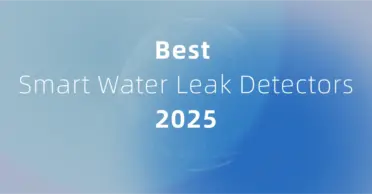
Quais são os melhores detectores inteligentes de vazamento de água em 2025
Proteja sua casa contra vazamentos em 2025. Encontre os melhores sensores de água Wi-Fi com recursos de desligamento.
Mantenha-se atualizado sobre as últimas tecnologias de energia residencial
Inscreva-se para receber atualizações e dicas sobre energia inteligente
©2025 Todos os direitos reservados. Grus IoT Co.,Ltd.
